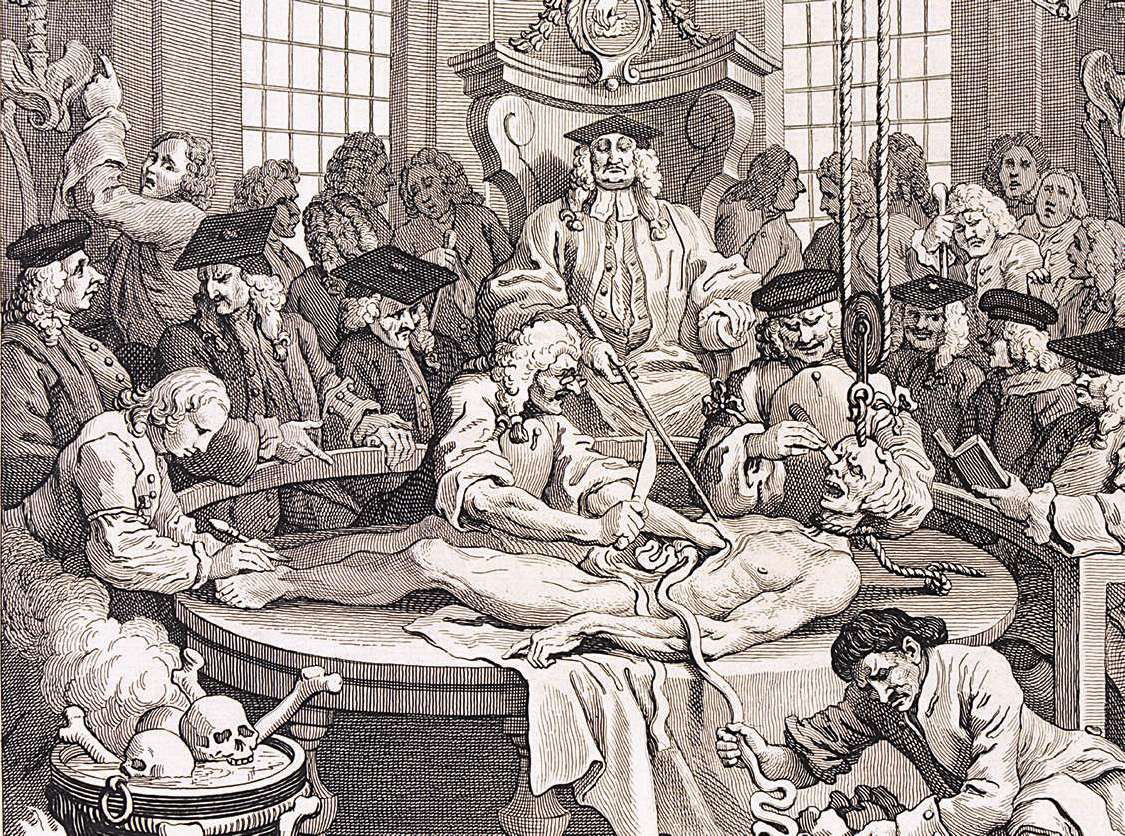By the late 18th century, Britain was seeing the beginnings of the Industrial Revolution, a process that eventually led to a huge migration of people to industrial cities, with widespread overcrowding and unsanitary living conditions. Drinking water was often contaminated with raw sewage, rubbish rotted in the streets, and crowded living conditions meant disease could easily spread. As many as one in five children died before their second birthday.
EDWARD JENNER AND VACCINATION

In 1752, an act was passed in Britain allowing the bodies of murderers to be used for dissection, as shown in this engraving by William Hogarth
GETTY IMAGES X4, ALAMY X1
Jenner used local knowledge to develop a life-saving protection against smallpox
There was, however, growing institutional provision for curing the sick and the number of hospitals grew in 18th-century Britain – some of these were run by local parishes, while others were founded by philanthropists wishing to help the poor and perhaps improve their own social position in the process. In return for an annual contribution, a benefactor could recommend a sick person for admission to hospital. Fissell explains: “The notion was that you could intervene and save working class people who might otherwise die for lack of healthcare. It was part of a larger, almost mercantilist, view of the health of the population being a significant variable for government.”